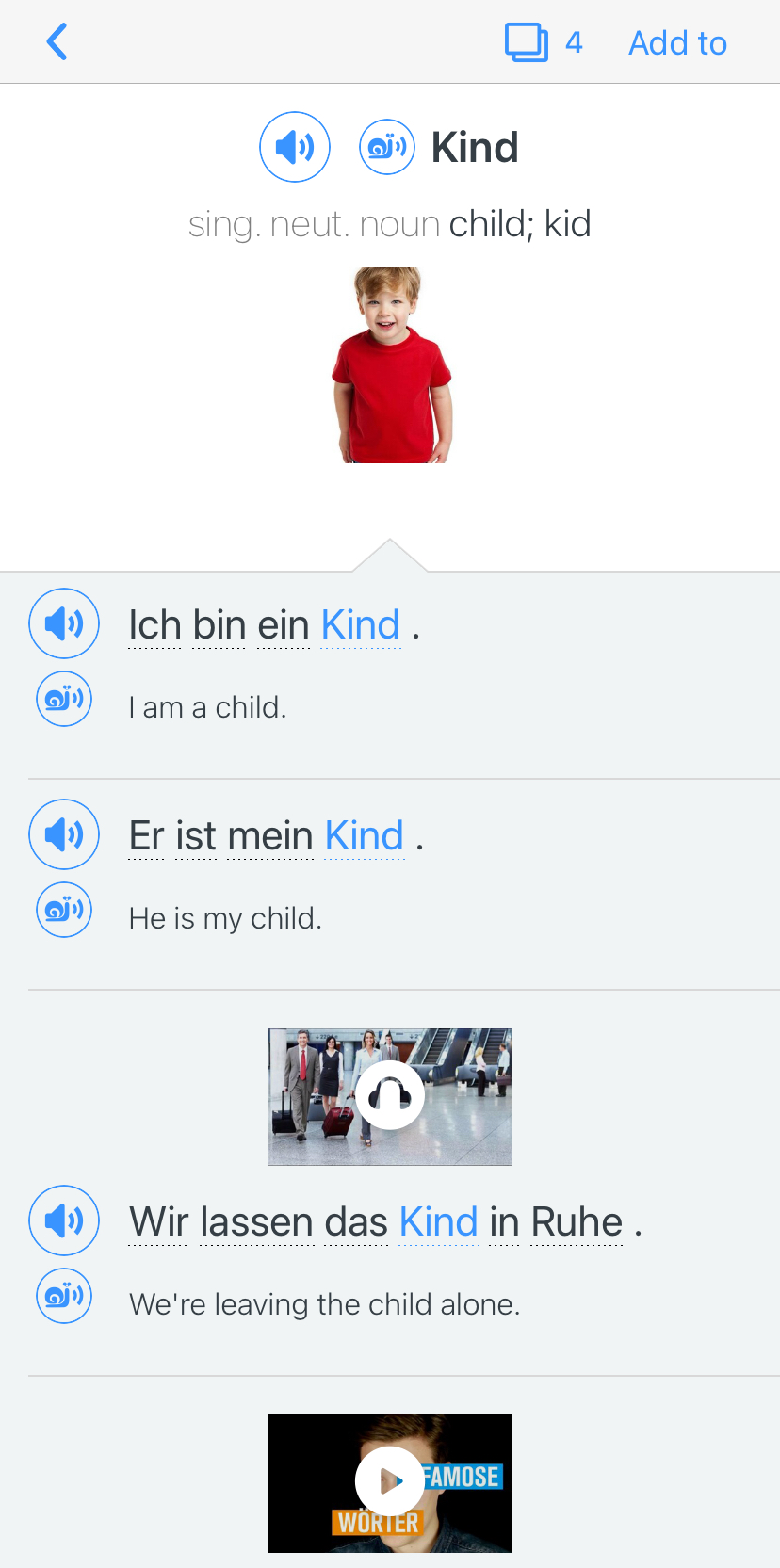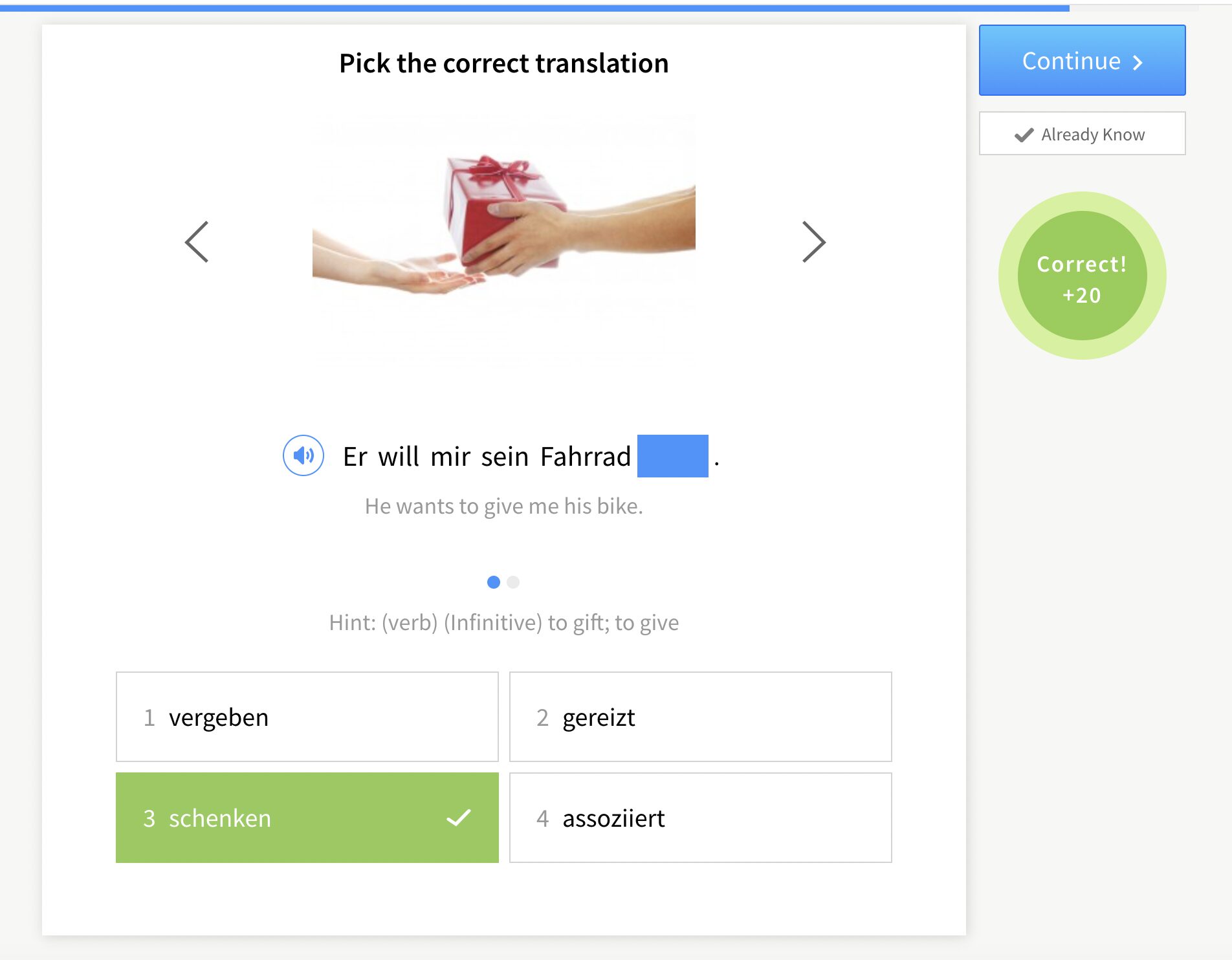Ihr in German: 4 Key Uses

This post is dedicated to an exceptional German homophone that has a variety of different meanings. That’s right, say hello to ihr and its four (yes, four!) different meanings.
In this post, I’ll be getting to the bottom of each of these meanings to help you see the different contexts in which ihr can be used.
Download: This blog post is available as a convenient and portable PDF that you can take anywhere. Click here to get a copy. (Download)
Overview of “Ihr” Declensions
Here’s a full table of the endings of ihr based on the case, gender and whether it’s singular or plural. We’ll go into more detail below based on the various meanings.
| Masculine | Neuter | Feminine | Plural | |
|---|---|---|---|---|
| Nominative | ihr | ihr | ihre | ihre |
| Accusative | ihren | ihr | ihre | ihre |
| Dative | ihrem | ihrem | ihrer | ihren |
| Possessive | ihres | ihres | ihrer | ihrer |
1. Plural Informal “You”
In German, there’s a clear distinction between the formal and informal registers.
If you are speaking to someone in a formal context like a business meeting or customer service interaction, or even just someone you don’t know, then you’ll usually address them with the formal Sie (you). However, if you are speaking to a friend, family member or a young child, then you can use the informal du (you).
But that’s not all, there’s another informal “you” used when talking to a group of people, which is ihr. If you want to say “you” to refer to two or more people you know well, then you need to use this plural and informal word.
Here’s an example of this version of ihr in action:
Ihr seid nett.
(You are all nice.)
This is in contrast to if you are speaking to just one person—in this case, you would need to use du:
Du bist nett.
(You are nice.)
If you are ever stuck and aren’t sure which form of “you” to use, just ask yourself how many people you are addressing. If it’s just the one, stick with du. But for a group of two or more, it’s time to switch to ihr.
Luckily, the formal “you,” Sie can be used for individuals as well as groups when the situation calls for more politeness and formality.
2. Dative or Possessive “Her”
Ihr can also be translated as “her.” It’s the dative form of sie (she). That’s sie as in “she,” and when it’s capitalized it becomes Sie, which is the formal form of “you.”
Some of you might be asking what the dative is. In a nutshell: there are different cases in German that cause articles (the, a, some…), adjectives and pronouns to change.
What case they are in depends on the noun’s function in a sentence, whether or not they are preceded by certain prepositions that demand certain cases, or whether a verb that always takes the dative case, like helfen (to help), is being used.
Here’s a table with a quick overview of the cases of ihr when it means “she”:
| Cases | German "sie" | Translation |
|---|---|---|
| Nominative | sie | she |
| Accusative | sie | she |
| Dative | ihr | her |
| Possessive | ihr | her |
Firstly, if the lady in question, sie (she), is the indirect object in the sentence, as in the receiving the direct object, then we need to change it to its dative version, ihr.
The sie (she) in this following sentence is receiving the direct object, the book. This makes sie the indirect object, so we need to put it into the dative case for it to become ihr (her):
Ich kaufe ihr das Buch.
(I’m buying her the book.)
Some prepositions also change the case to the dative automatically. Anything that follows the preposition mit, for example, goes in the dative, so the girl in this sentence, the sie (she), once again becomes ihr (her). Have a look at this sentence:
Was ist los mit ihr?
(What is wrong with her?)
A dative verb can also be the trigger for this transformation. A common example is the verb helfen (to help), which is always followed by a dative object:
Ich helfe ihr.
(I’m helping her.)
But wait! That’s not where the translations of ihr as “her” end! Ihr can also mean “her,” as a possessive pronoun (indicating that something belongs to someone, such as “my,” “your,” “his”…), as in this example:
Wo ist ihr Auto?
(Where is her car?)
Don’t forget to add on the correct ending depending on the case and whether it’s plural or singular. Here’s an example:
Ihre Katze trinkt die Milch.
(Her cat is drinking the milk.)
So, in the example above, we just need to add an “e,” as Katze (cat) is the subject of the sentence, which means it’s in the nominative case.
3. Possessive Formal “Your”
Ihr is also used as the polite form of “your,” as shown here:
Darf ich Ihr Telefon benutzen?
(May I use your telephone?)
Watch out for your capitals here! Just like the formal “you”, Sie, the formal possessive pronoun always needs to be capitalized in written German, Ihr. If it’s not capitalized, ihr means “her,” as we saw above.
Remember that this Ihr needs a different ending depending on its case and the gender of the following noun. In the sentence above, it remains as it is because it’s in the accusative case and Telefon (telephone) is a neuter noun.
Here’s an overview of all the possible cases for formal “you,” along with the possessive that we’re discussing here:
| Case | German "Sie" | Translation |
|---|---|---|
| Nominative | Sie | you |
| Accusative | Sie | you |
| Dative | Ihnen | you |
| Possessive | Ihr- | your |
Here is an example of how it can change:
Können Sie mir bitte Ihren Ausweis zeigen?
(Can you please show me your ID?)
Ausweis (ID) is a masculine noun. When it’s in the accusative case, as in the above sentence, the preceding adjective or possessive pronoun has to take an “-en” ending.
4. Possessive Plural “Their”
Ihr is also used to describe third-person possession. So if you want to say that something belongs to a group of people—if something is theirs, to be more precise—you need to use ihr.
Here’s an example:
Hast du ihre Sachen?
(Do you have their things?)
Just as when Ihr meant the polite form of “your,” here it needs to change its ending depending on cases and genders.
But wait, how can you tell these two different meanings of ihr apart? If you just see a single sentence, like the one above, the context can be slightly hazy and you might have trouble interpreting whether “yours” or “their” is meant.
Below are two almost identical sentences, but there’s one thing that gives each meaning away. See if you can spot the tell-tale sign:
Die Maus hat ihren Käse gegessen.
(The mouse has eaten their cheese.)
Die Maus hat Ihren Käse gegessen.
(The mouse has eaten your cheese.)
Can you spot it? Take a closer look at those two uses of ihren…
The sentence in which the Ihren means “your” is has a capitalized “i” at the beginning of the word. It’s this key grammatical difference that helps you spot which meaning ihr has taken.
As we saw earlier, remember that in formal German, it’s not only Ihr that’s capitalized. Sie also gets special treatment—it’s this pointer that helps you to fully understand the context in which the word is being used.
Unfortunately, there’s no way to tell whether words are capitalized or not in spoken German. But usually, you’ll have a clear grasp of the context from the rest of the conversation.
So there we have it, everything you need to know about the four different uses of ihr. You’ll find that knowing all about ihr will help to widen your use of everyday German!
Another way to practice what you’ve learned here is through listening to authentic German. You’ll be able to familiarize yourself with how native speakers use these words.
YouTube has a lot of videos in German, though not all come with subtitles or have high-quality content. FluentU is another option for learning with authentic videos, and this language learning program does come with accurate and interactive subtitles. Plus, each video in the library is vetted by a language expert, so you’ll find plenty of good content here.
FluentU takes authentic videos—like music videos, movie trailers, news and inspiring talks—and turns them into personalized language learning lessons.
You can try FluentU for free for 2 weeks. Check out the website or download the iOS app or Android app.
P.S. Click here to take advantage of our current sale! (Expires at the end of this month.)
The more you practice how and when to use ihr, the more natural it will get for you!
Download: This blog post is available as a convenient and portable PDF that you can take anywhere. Click here to get a copy. (Download)
And One More Thing…
If you’re like me and prefer learning German on your own time, from the comfort of your smart device, I’ve got something you’ll love.
With FluentU’s Chrome Extension, you can turn any YouTube or Netflix video with subtitles into an interactive language lesson. That means you can learn German from real-world content, just as native speakers actually use it.
You can even import your favorite YouTube videos into your FluentU account. If you’re not sure where to start, check out our curated library of videos that are handpicked for beginners and intermediate learners, as you can see here:
FluentU brings native German videos within reach. With interactive captions, you can tap on any word to see an image, definition, pronunciation, and useful examples.
You can even see other videos where the word is used in a different context. For example, if I tap on the word "Kind," this is what pops up:
Want to make sure you really remember what you've learned? We’ve got you covered. Practice and reinforce the vocab from each video with learn mode. Swipe to see more examples of the word you’re learning, and play mini-games with our dynamic flashcards.
The best part? FluentU tracks everything you’re learning and uses that to create a personalized experience just for you. You’ll get extra practice with tricky words and even be reminded when it’s time to review—so nothing slips through the cracks.
Start using the FluentU website on your computer or tablet or, better yet, download our app from the App Store or Google Play.
Click here to take advantage of our current sale! (Expires at the end of this month.)












